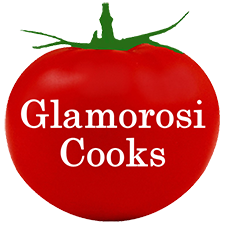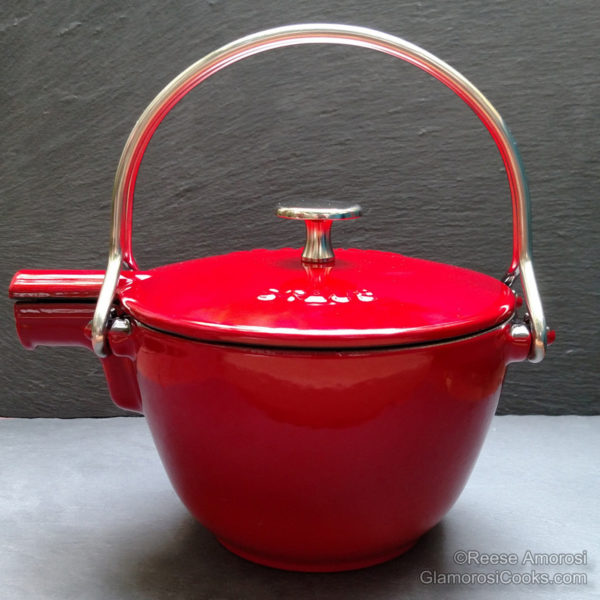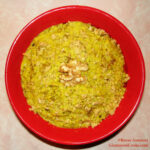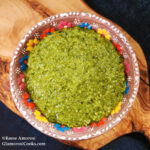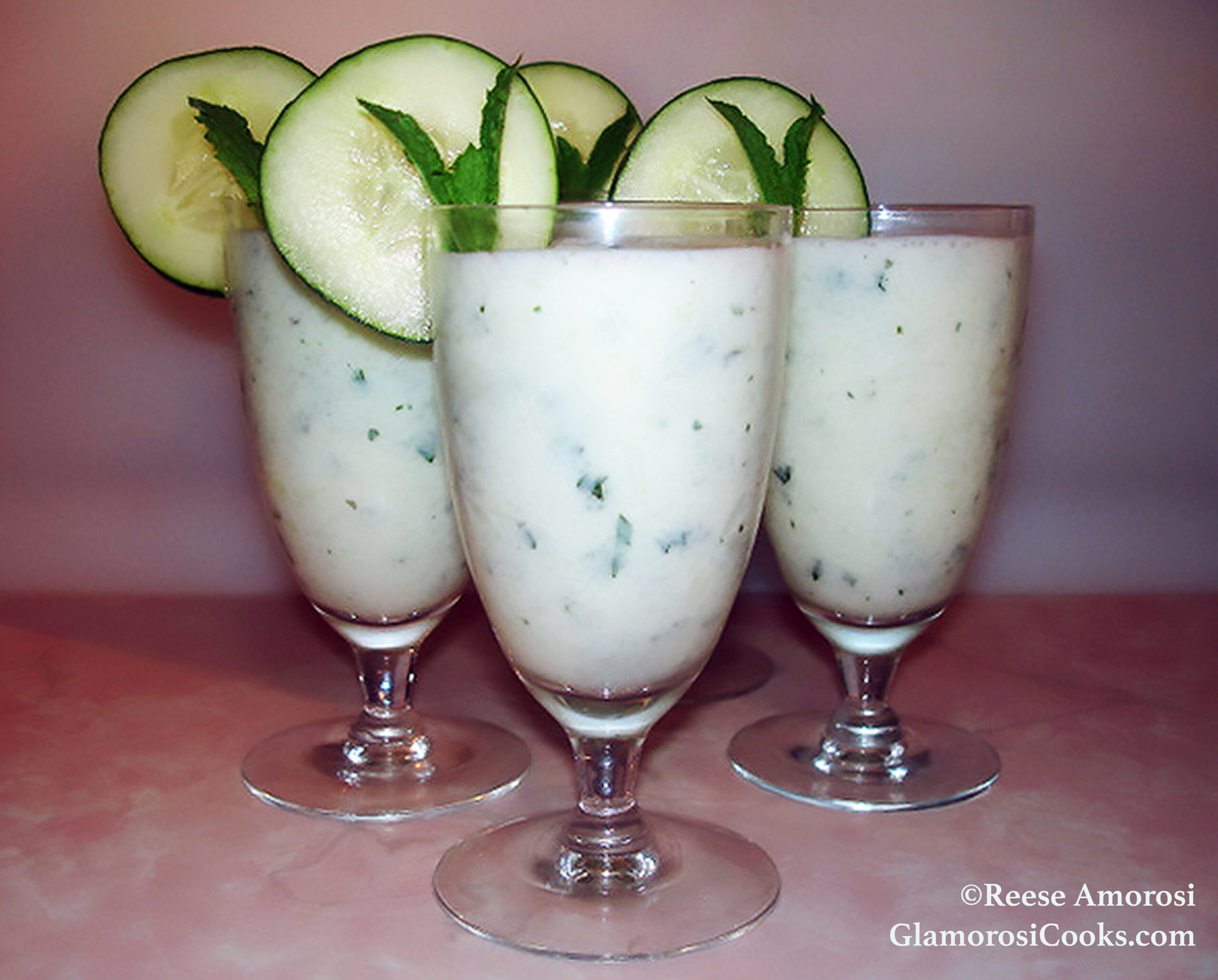By REESE AMOROSI
I am a tea fanatic, and I have an ever-growing number of vessels in rotation depending on what I’m brewing. My cabinets overflow with assorted Yixing pots for different types of Oolong; borosilicate orbs for flower tea; gaiwans and tetsubins ranging from austere to ornate; grand silver sets and gorgeous vintage porcelain for serving afternoon tea; my eternally useful Kati cups… The list goes on and on, perhaps in a way that only tea-obsessed people, aka “teaple,” would deem sane.
Recently, I needed to replace the kettle I used to heat the water for all of those vessels. I could have saved money by continuing to use the saucepan we switched to after my kettle grew legs, but my husband kept burning himself and I’m always up for a kitchen present [upon proof-reading this review, my husband objected to my revealing that he “can’t boil water”]. I do like electric kettles, and I am still planning to get a Breville tea maker (it will be front and center when I teach tea classes this winter), but for now I wanted a “simple” stovetop piece.
To select my new pot, I turned to the brands of cookware I already use and love, and ultimately wound up purchasing a Staub La Theiere. I had been coveting it for a quite a while, but didn’t purchase it because the size was a tad smaller than I wanted, and the price was a tad more than I wanted to spend. I caved when I found the Staub La Theiere on Amazon Prime.
24 hours later, the round, one-quart, cherry red enameled cast iron Staub La Theiere was on my stove. I was immediately impressed with its flawless finish, the not-really-small-at-all size (6-inch diameter and 4-inch depth not including lid and handles), and the modern shape. It’s so nice it makes me want to paint the kitchen!
Despite my watching it, the pot did boil. 24 ounces of water took around 10 minutes on an open flame burner set to medium-low (it is important, as always, that the flame is below the pot; never let the flames lick up the sides of your cookware). The knob, lid and handles did get slightly hot, but not excessively so. Still, it is recommended that you use oven mitts. Also, Staub cautions, “when removing the lid be sure to angle the lid to direct the steam away from you.” Regarding the knob, I wrote to Staub to see if their finials (cow, pig, rooster, rabbit, snail and fish) would fit on the La Theiere, and the answer is “yes.” So, if you’d like to personalize your pot by switching to one of Staub’s fancy figural knobs, it will work.
The Staub La Theiere teapot is a substantial piece; at 5 pounds it is heavy, but not too heavy. Because it is cast iron, the water will stay heated for an extended amount of time. Additional features as listed on the Staub website are:
• Made in France
• Heavy weight; tight-fitting lid retains moisture
• Oven Safe up to 500°F
• Nickel steel knob
• Smooth enamel bottom works on all stovetops
• Each piece is one of a kind
• Dishwasher safe
Another feature is the unique way that Staub incorporated the spout. It is half built into the wide lid, half built into the pot, and it makes maintaining the pot a breeze. It fits together easily and securely when you put the lid on the pot and flip the handles into position. I have used it numerous times since it arrived and have not experienced any dripping or dribbling from the spout, and don’t expect that I will.
I usually designate a pot or kettle for water – and only water – so it doesn’t pick up any random flavors or residue. However, Staub’s interior is non-absorbent and easy to clean (as stated above it is dishwasher safe – I would NEVER! – but hand washing is recommended), so it’s possible I will use the included infuser to make tea in the pot. It would be like an extra-large tetsubin! Ultimately, in my small kitchen I prefer my pieces to have multiple uses – my tarte tatin pan stands in as a fruit bowl or serving dish; my 16-quart stock pot doubles as an ice bucket, etc. – so I may give some of the other suggested uses a whirl (cider, soup, etc.).
I am thrilled with my Staub La Theiere purchase: the size is actually perfect, and the quality justifies the price. The ONLY drawback I can think of – and I really have to think hard to find one – is that that the Staub teapot doesn’t have a whistle the way a kettle might. I worry that Staub will sell a whistling teapot in the future and I won’t buy it because I already have this one, and its superior construction will last forever. Then again, maybe I can start collecting Staub teapots in ALL of the styles and colors – I’m sure my “teaple” would completely understand.
*************
Stop by the Glamorosi Cooks home page to see all of our recipes, gardening articles, reviews and our current giveaway in one place.
